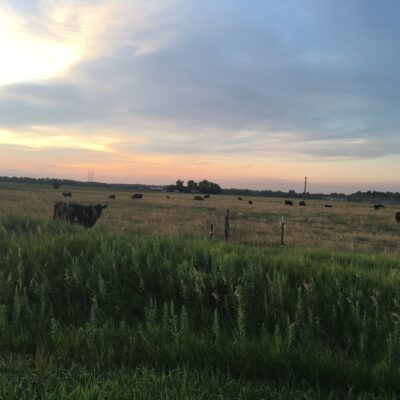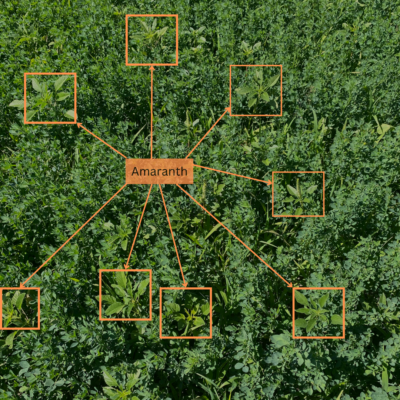When temperatures dip, it is important to provide extra nutrients at the right time to help livestock fight cold stress. Cold stress occurs when the environmental temperature is below the animals lower critical temperature. The lower critical temperature is reached when the animal can no longer maintain their internal body temperature through behavioral modifications such as seeking shelter or grouping together.
Environmental Cold Stress Factors
There are several factors that determine an animals lower critical temperature: air temperature and wind chill, acclimation, body condition and metabolic rate. The effects of air temperature and wind chill on the animal are cumulative. High wind speeds make it difficult for the animal to stay warm. Additionally, if animals do not have a place to stay dry, moisture can increase the lower critical temperature in cold environmental conditions. Think about times when it might be in the 50°F range when you would typically be warm with just a sweatshirt, but if it is humid you will still feel a chill and perhaps prefer a heavy winter coat.
Biological Cold Stress Factors
The lower critical temperature of beef cattle that have not acclimated to cold weather by developing a thick winter coat is at or below freezing. Once cattle have developed a winter coat, the lower critical temperature moves to around 18°F. Body condition also moves the lower critical temperature, with fatter cattle being able to withstand colder temperatures and wind chill. Finally, the animal’s natural reaction to being cold is to increase metabolic rate. Those that naturally have a higher metabolic rate tolerate lower temperatures better.
Nutrient Requirements Under Cold Stress Conditions
The demand to increase metabolic rate to stay warm also increases the cow’s nutrient requirements. The energy requirement of cold stressed cattle increases significantly. If the cow is fed a high quality diet, dry matter intake will increase to the extent that their gut capacity allows, and the cow will maintain body condition and continue to perform well. However, if cattle are fed poor quality forages with little or no energy supplementation, feed intake will decrease. Animals consuming low quality forage will lose weight thereby decreasing body condition score and performance.
Under cold stress conditions it is important that producers supplement high energy feeds. Furthermore, producers should provide quality forages and monitor cattle for weight loss. Producers can send forage and supplement samples to Ward Laboratories, Inc. to determine the best diet to provide cattle during winter weather conditions. Diets composed of energy supplements and quality forage are high in rapidly digestible carbohydrates. Therefore, it is important to feed daily to avoid acidosis issues.
Additionally, feeding in the late afternoon or evening is preferred to align the height of metabolic heat production with the nightly low temperatures. Do not limit feed animals during cold stress events. They need to consume as much as is needed to maintain body condition in order to perform.
Finally, when animals are facing an environment colder than the thermal neutral zone the increase in feed intake is accompanied by an increase in water requirement. As always providing clean water is important in helping animals combat stress.





[…] already enduring unusually low temperatures and heavy snow fall. Producers were struggling with guidelines to feed excess energy during these conditions as stored winter feed sources were dwindling. Cattlemen in the Midwest were ready for some relief, […]